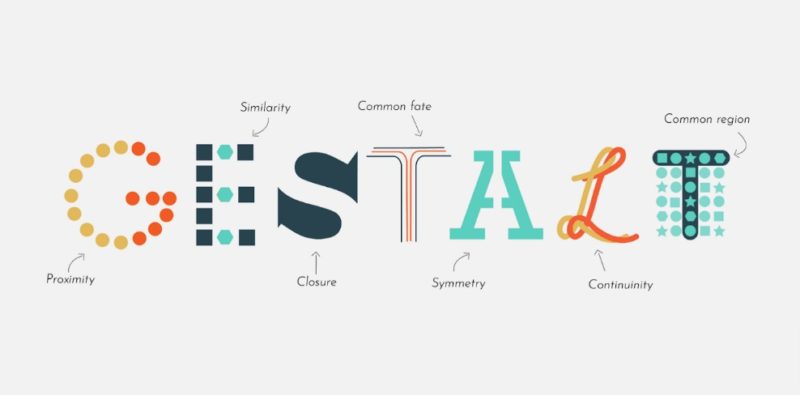Dealing cards from the bottom of the deck
With an understanding of the Gestalt Principles and how they influence our perceptions, we can proactively utilise them to shape consumer behaviour and sentiment. A practice Harrison Smith likes to compare with dealing cards from the bottom of the deck.
It was during my years studying psychology at university in which I was first made familiar with the concept of the Gestalt Principles. A concept that unbeknownst to me were rules for the way in which we as cognitive beings organise, perceive and make sense of our environment and surroundings. It led me on the path of questioning that if we can break down the aspects of perceptual inputs (auditory, somatosensory, visual etc) in such a scientific fashion, how can these then be applied on a macro level when considering consumer behaviour and media planning?
The Gestalt Principles were founded by Czechoslovakian psychologist Max Wertheimer along with the input of Wolfgang Köhler and Kurt Koffa. To put it simply, they are a set of principles that explain the way in which we group things. The principles go on to explain that we typically perceive complex things in their most basic form. I like to draw comparisons to the philosophical reasoning tool Occam’s Razor. Not only in reasoning do we look for simple explanations, but also in perceiving. Gestalt Principles also introduced the idea that our perceptions of the world around us are not just reliant on stimuli itself but also our motivations and behaviors. The 6 main Gestalt Principles are:
- Prägnanz: This foundational principle states that we naturally perceive things in their simplest form or organisation.
- Similarity: This Gestalt principle suggests that we naturally group similar items together based on elements like colour, size, or orientation.
- Proximity: The principle of proximity states that objects near each other tend to be viewed as a group.
- Continuity: According to this principle, we will perceive elements arranged on a line or curve as related to each other, while elements that are not on the line or curve are seen as separate.
- Closure: This suggests that elements that form a closed object will be perceived as a group. We will even fill in missing information to create closure and make sense of an object.
- Common region/Common Fate: This Gestalt psychology principle states that we tend to group objects together if they’re located in the same bounded area. (For example, objects inside a box tend to be considered a group.)


